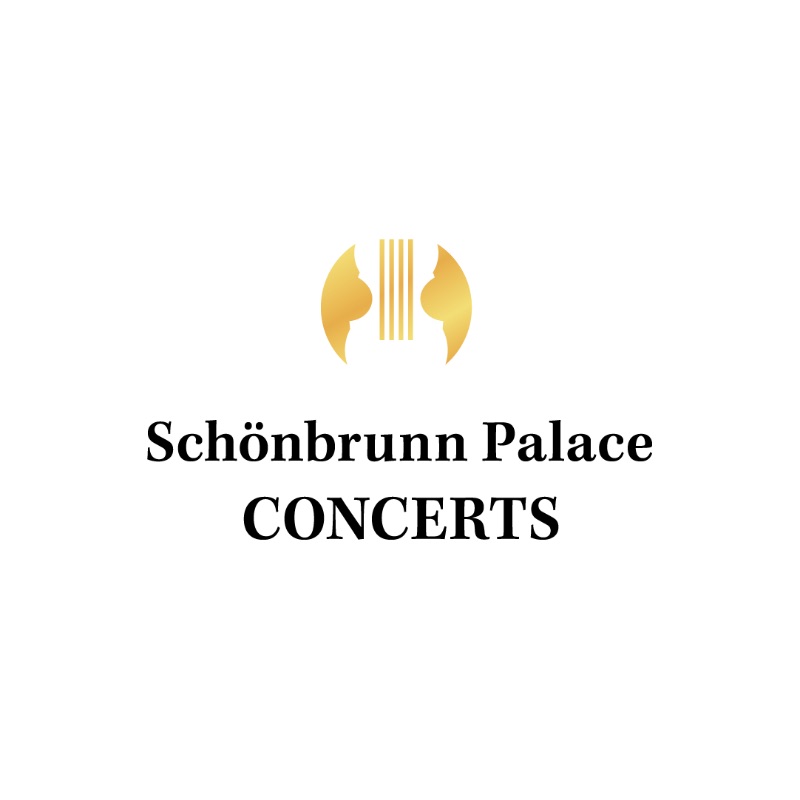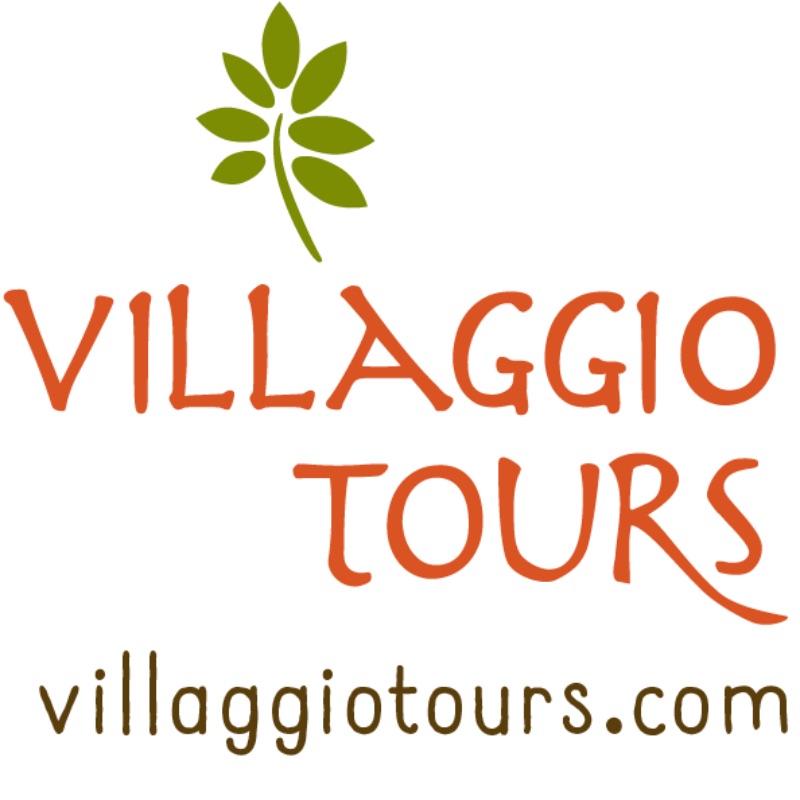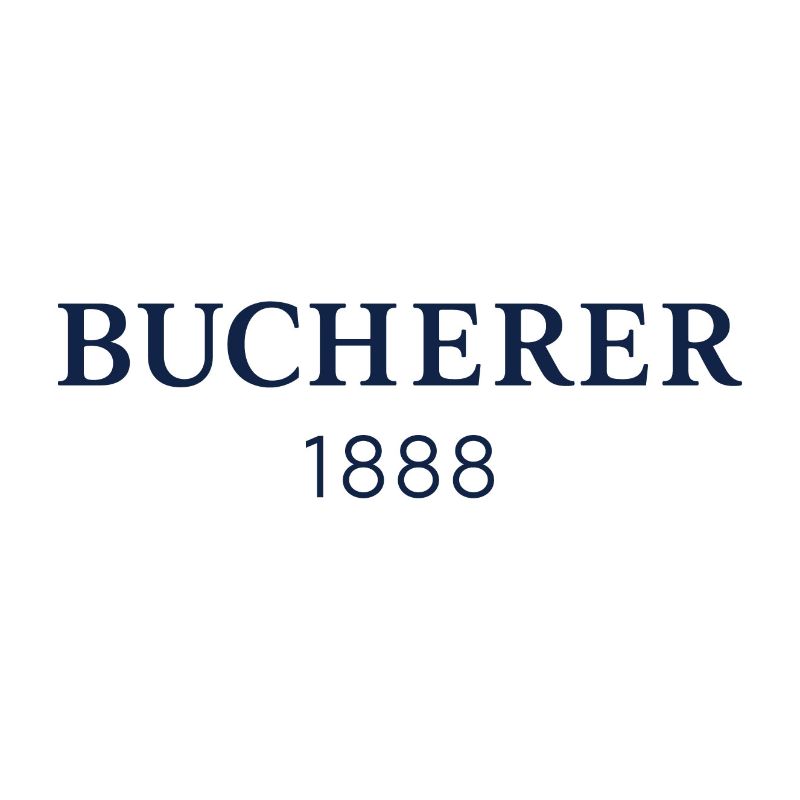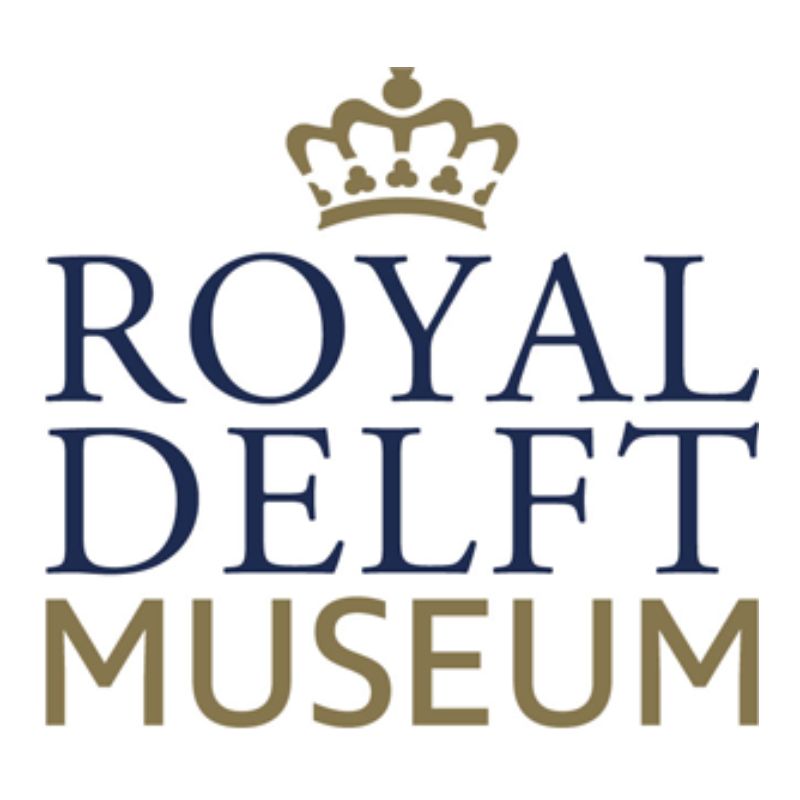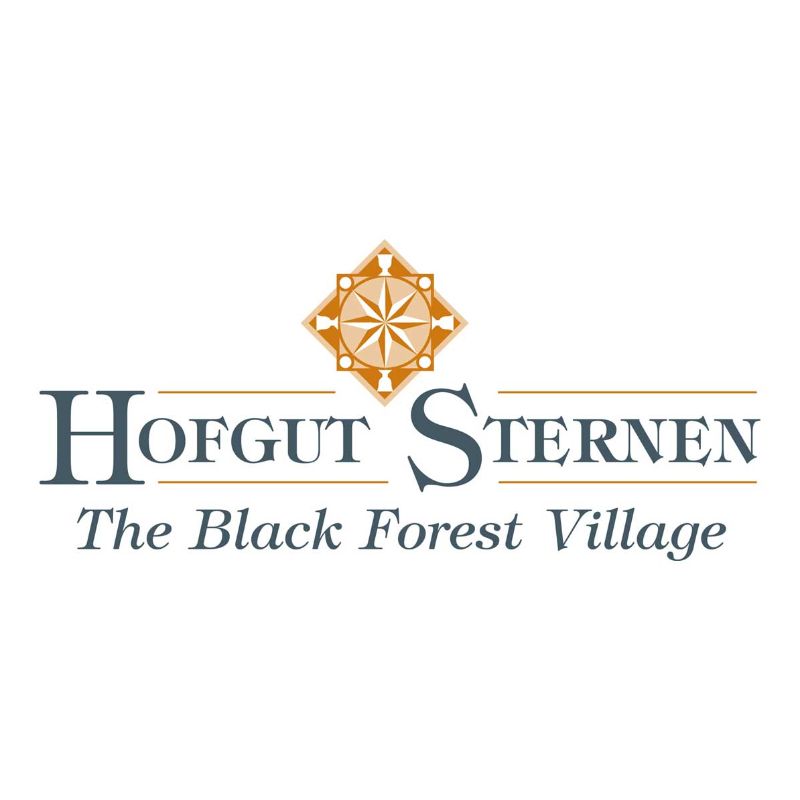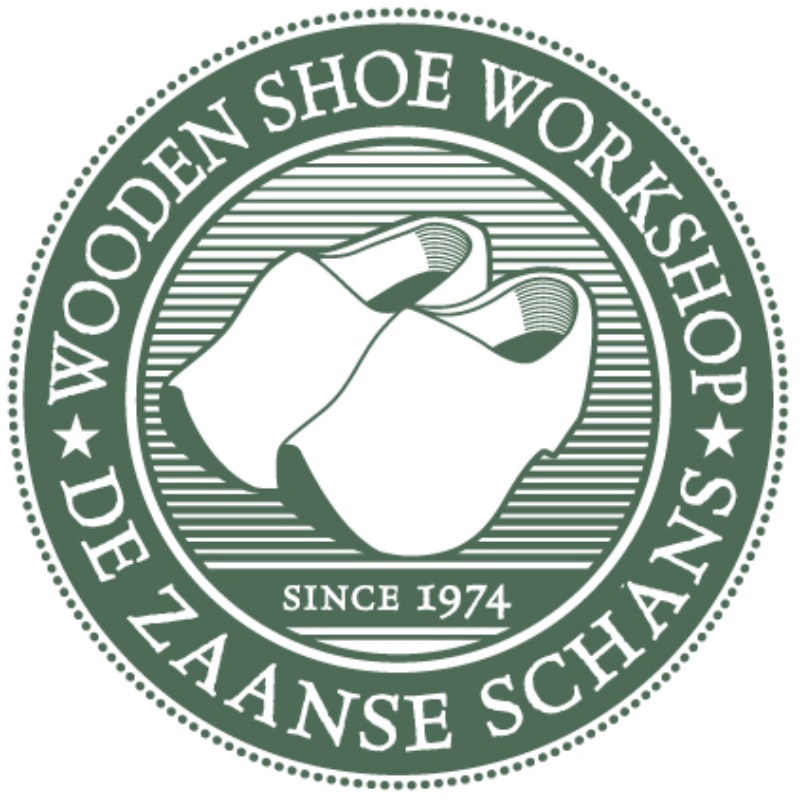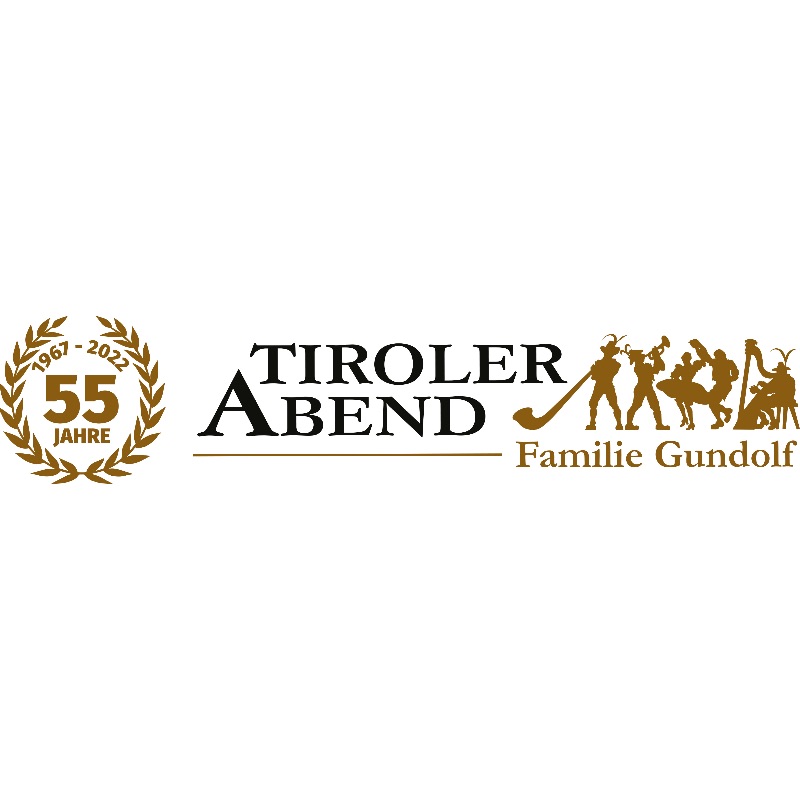15
Dec
2020
New traffic regulations around cathedral Brussels

Straat voor kathedraal voortaan autovrij
MOBILITEITBRUSSEL-STAD
De populaire sluiproute werd afgesloten voor het autoverkeer.
Het Sint-Goedelevoorplein was tot maandag een populaire as voor sluipverkeer. Voortaan is de straat voor de kathedraal autovrij. Het stadsbestuur herbekeek ook de hele circulatie rond de kathedraal. “Dit wordt veel veiliger, onder meer voor toeristen en pendelaars.”
LEES OOK
Stad lanceert ambitieus masterplan voor Noord-Zuidverbinding
Sinds maandagochtend staan er bloembakken op het deel van het Sint-Goedelevoorplein dat voor de kathedraal ligt. De straat is daarmee afgesloten voor autoverkeer, maar laat wel nog fietsers door. “We verbinden de kathedraal op die manier met het parkje ervoor,” legt mobiliteitsschepen Bart Dhondt (Groen) uit. “De twee zijn een echte trekpleister voor toeristen en pendelaars en op die manier wordt het voor hen een stuk veiliger.”
De ingreep past in een oefening waarbij het stadsbestuur de hele verkeerssituatie rond de kathedraal aanpaste. Daarbij wordt de rijrichting in de Kanselarijstraat en de Wildewoudstraat bijvoorbeeld omgedraaid. Een vaak gebruikte sluiproute wordt zo geschrapt. (zie plan onder de tekst).
"Op termijn kunnen we bekijken hoe we de zone kunnen heraanleggen, zodat de kathedraal beter op het centrum aansluit."
BART DHONDT (GROEN)
“Vroeger namen heel wat auto’s die van de bovenstad kwamen via de Koloniënstraat vervolgens de Kanselarijstraat om daarna via het Sint-Goedeleplein richting centrum te rijden", legt Dhondt uit. “Dat verkeer leiden we nu langs de Loksumstraat. Tellingen geven aan dat de capaciteit groot genoeg is.”
Op de Koloniënstraat werden ook nieuwe, bredere fietspaden geschilderd in het hoger gelegen deel. Dat fietspad komt uit op een nieuw stukje busbaan in het lager gelegen deel van de Koloniënstraat.
Op termijn wil het stadsbestuur ook nadenken over een heraanleg van het gebied rond de kathedraal, die nu beetje een middeleeuws eiland is tussen gebouwen die dateren van na de kaalslag voor de Noord-Zuidverbinding. “Collega van stedenbouw Ans Persoons (Change.brussels/SP.A) laat bestuderen hoe we de boven- en benedenstad beter kunnen verbinden,” zegt Dhondt. “De kathedraal beter laten aansluiten op het centrum kan daar zeker deel van uitmaken.”
Street in front of the cathedral is now car-free MOBILITY BRUSSELS-CITY The popular shortcut was closed to car traffic.
The Sint-Goedelevoorplein was a popular as for cut-through traffic until Monday. From now on, the street in front of the cathedral is car-free. The city council also reviewed the entire circulation around the cathedral. "This will be much safer, including for tourists and commuters."
READ ALSO
City launches ambitious master plan for North-South connection Since Monday morning there have been flower boxes on the part of the Sint-Goedelevoorplein that lies in front of the cathedral. The street is closed to car traffic, but still allows cyclists through. “In this way, we connect the cathedral with the park in front,” explains mobility ships Bart Dhondt (Groen). "The two are a real draw for tourists and commuters, making it a lot safer for them." The intervention is part of an exercise in which the city council adapted the entire traffic situation around the cathedral. For example, the direction of travel in the Kanselarijstraat and the Wildewoudstraat is reversed. A frequently used shortcut is thus deleted. (see plan below the text). "In time, we will be able to see how we can redesign the zone so that the cathedral connects better to the center." BART DHONDT (GREEN) "In the past, a lot of cars coming from the upper town took the Koloniënstraat, then the Kanselarijstraat and then drove to the center via the Sint-Goedeleplein", Dhondt explains. "We now route that traffic along Loksumstraat. Counts indicate that the capacity is large enough." New, wider cycle paths were also painted in the higher part of the Koloniënstraat. That cycle path comes from a new section of bus lane in the lower part of the Koloniënstraat. In time, the city council also wants to consider a redevelopment of the area around the cathedral, which is now a bit of a medieval island between buildings that date from after the demolition for the North-South connection.
“Colleague from urban development Ans Persoons (Change.brussels/SP.A) is conducting research into how we can better connect the upper and lower cities,” says Dhondt. "Connecting the cathedral better to the center can certainly be part of this."



